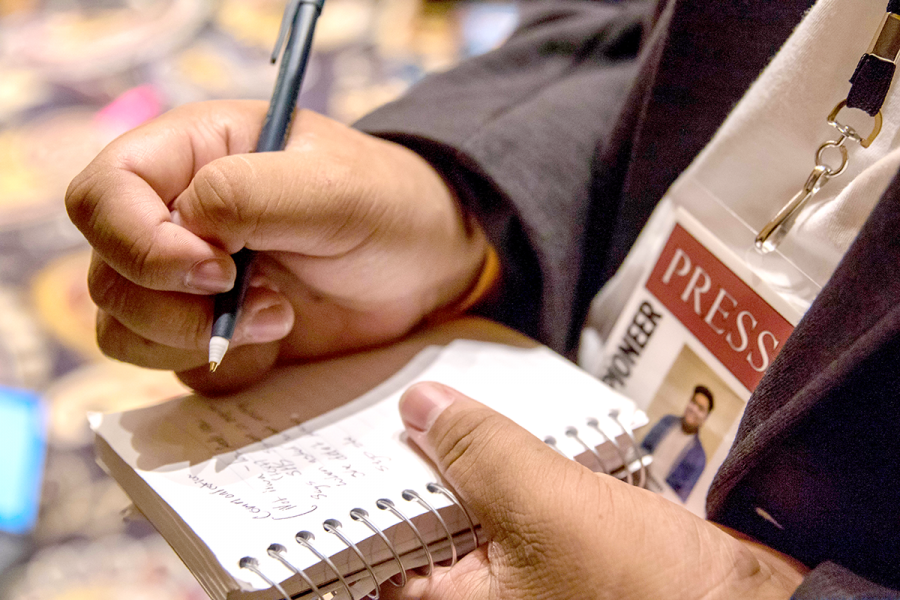It’s not Iowa but the Nevada Caucus was still a cluster
February 27, 2020
Every four years, our nation chooses sides and tensions rise. It isn’t war that the nation is preparing for, it is election season.
In the lead up to the election, events pop up all over the country for candidates to garner support from everyday citizens, convincing droves of everyday people to end wavering support.
The political climate has changed the way we look at the upcoming leaders of America. It has become less about electing the person who has our best interests at heart and more about choosing the next person to put their finger on the trigger. With nationalism becoming a defining trait of the American people, choosing the best person to lead us into the international stage has become the top priority.
The process of a caucus is representative of American politics. For lack of a better term, both are messy. Those chosen to participate in a caucus are given a quick explanation about the process, how the votes are tallied and which candidates are being represented. The caucus participants then disperse. Depending on the number of delegates the precinct is allowed, a minimum number has to be reached for the candidates. If that minimum number is not reached, that candidate’s voters have to choose a different candidate to support.
Here is where the issues start.
Participants are forced to support a different candidate. If they choose not to and decide, then their vote is not counted. Some caucus-goers refuse to let their voice be stifled and end up voting for their second or third choice.
Since the caucuses that were on the strip were not a home precinct for anyone, the locations, such as the Bellagio and Paris hotel, were for the working-class people of the Vegas strip. Instead of using ipads to tally ballots, the caucus volunteers counted each ballot by hand, as there was no early vote data to take into account.
Since the Iowa caucus and failure of the application Iowa used to count the votes, the tagline for the Nevada caucus was “this will not be like Iowa.”
A staffer for the Nevada Democrats addressed the press in what to expect from the Bellagio precinct. Again the line “not like Iowa” came up.
Right after telling the press that she would be completely transparent about the process, when asked which company was in charge of security for the text votes, the aforementioned transparency was nowhere to be seen.
“I don’t have that information, but even if I did, I wouldn’t tell you.”
The press was not aiding in the chaos either. As the Bellagio would have the most delegates to decide on, major news organizations were everywhere. Whenever a potential voter came to line up for the caucus, reporters and journalists swarmed them. It got worse the moment Tom Perez, the current chair of the Democratic National Committee, and candidate Tom Steyer showed up.
While the Bellagio location may have gone over smoother than Iowa in terms of finding the results quickly, that doesn’t mean it was perfect. With the press swarming incoming voters the moment they came in, the lack of information from the staff, and the messiness of the process altogether,







